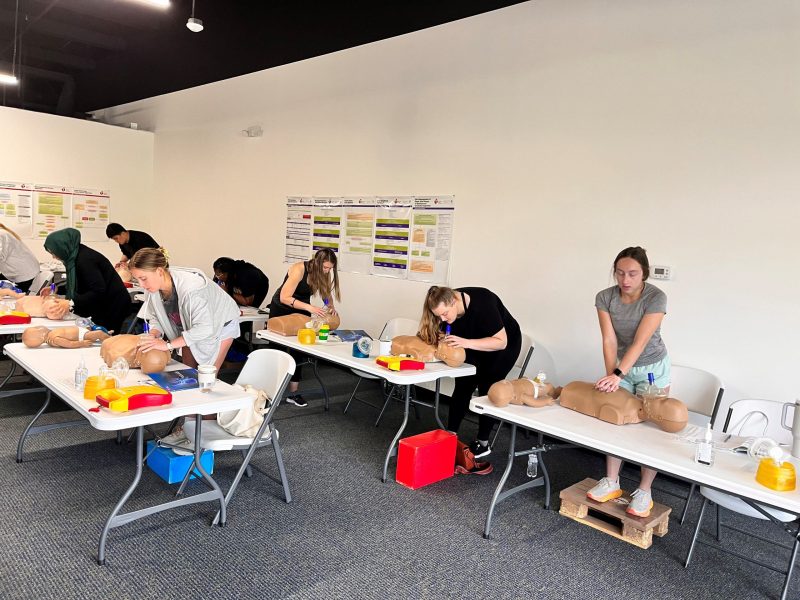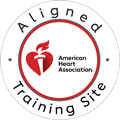In the unpredictable landscape of medical emergencies, moments matter. When someone collapses from cardiac arrest, every second that passes without intervention diminishes their chances of survival. While solo CPR can be life-saving, a coordinated team response, often guided by the concept of the “resuscitation triangle,” dramatically improves patient outcomes. This systematic approach transforms chaotic situations into organized, efficient life-saving efforts. Understanding and practicing these defined roles can empower individuals and teams to act with precision and confidence when it counts most.

Understanding the Resuscitation Triangle Concept
The resuscitation triangle is a pivotal framework in emergency medicine, particularly in multi-rescuer CPR scenarios. It’s a strategic division of labor that assigns distinct yet interdependent responsibilities to a team of rescuers, optimizing the delivery of high-quality cardiopulmonary resuscitation. Unlike single-rescuer CPR, where one person juggles chest compressions and ventilations, the triangle approach distributes these critical tasks, allowing each rescuer to focus on a specific, high-quality intervention. This team-based strategy becomes most effective in professional settings like hospitals, emergency medical services, or even trained workplace response teams, where multiple trained individuals are available to act swiftly. The core principle is that a well-orchestrated team can deliver more continuous and effective CPR, significantly impacting the patient’s prognosis.
The Three Primary Roles
The success of the resuscitation triangle hinges on three primary roles, each vital to the overall effort. These roles are designed to minimize interruptions in chest compressions and ensure timely, effective ventilations and defibrillation. A clear understanding of each role and its responsibilities is paramount for any team involved in emergency medical response.
Compressor
First and foremost is the Compressor. This individual bears the critical responsibility of delivering chest compressions, the cornerstone of CPR. Proper positioning and technique are crucial; the Compressor must ensure compressions are performed at the correct depth and rate, allowing for full chest recoil between each compression. This consistent, high-quality blood flow is essential for perfusing vital organs like the brain and heart. Given the physically demanding nature of chest compressions, the Compressor must rotate with other team members regularly to prevent fatigue. This rotation ensures that compressions remain forceful and effective, maintaining the highest quality throughout the resuscitation attempt.
Airway Manager
Next is the Airway Manager, who is responsible for maintaining an open airway and delivering ventilation. This role involves using appropriate techniques to open the airway, whether through a head tilt-chin lift or jaw thrust, and providing breaths that effectively inflate the lungs. Critical to success is the coordination with the Compressor, adhering to the 30:2 compression-to-ventilation ratio for adults, meaning 30 compressions followed by two breaths. In environments where advanced equipment is available, the Airway Manager will also be skilled in the use of various airway devices, such as bag-mask devices or advanced airway adjuncts, further enhancing ventilation effectiveness.
AED/Monitor Operator
Finally, the AED or Monitor Operator plays a crucial role in rhythm analysis and potential defibrillation. This individual is responsible for operating the automated external defibrillator (AED) or manual defibrillator, swiftly analyzing the patient’s heart rhythm, and delivering a shock if indicated. Safety is paramount during shock delivery; the AED/Monitor Operator must ensure that all team members are clear of the patient to prevent accidental electrocution. They also coordinate closely with the other team members, communicating rhythm analysis findings and preparing for the next round of CPR immediately following any shock delivered. This quick analysis and action can be the difference between life and death for a patient experiencing a shockable rhythm.
Call Us Now
Get the Best CPR Class in Tampa Today!
Effective Communication and Coordination
Effective communication and coordination are the lifeblood of a successful resuscitation attempt. Clear, closed-loop communication techniques are vital, meaning that messages are not just sent but also acknowledged by the receiver, confirming understanding and action. For instance, when a Compressor needs to rotate, they might say, “I need to rotate, preparing to switch,” and the incoming Compressor would confirm, “I’m ready, switching now.” This prevents confusion and ensures seamless transitions. Role rotation is not just about preventing fatigue; it’s a strategic move to maintain high-quality compressions and ventilations over extended periods. Smooth, seamless transitions between roles are critical to minimizing interruptions in CPR, which directly impacts patient outcomes. Furthermore, clear leadership and decision-making protocols are essential. Often, a team leader will guide the resuscitation, ensuring everyone is aware of their roles, communicating changes in the patient’s status, and directing the overall effort.
Training and Practice
To truly master the resuscitation triangle, consistent training and practice are indispensable. Regular team training sessions allow individuals to refine their skills and, more importantly, practice working together as a cohesive unit. Simulation exercises, utilizing realistic scenarios and manikins, are invaluable for practicing role coordination, communication, and decision-making under pressure. These exercises help identify weaknesses and reinforce strengths within the team. Adherence to established guidelines, such as those set forth by the American Heart Association (AHA), ensures that training and practice reflect the most current and evidence-based resuscitation science. For healthcare providers, certification requirements often include demonstrating proficiency in these team dynamics, underscoring the importance of this coordinated approach.
Conclusion
The resuscitation triangle approach offers significant benefits, transforming chaotic emergencies into organized and effective life-saving interventions. By clearly defining the roles of Compressor, Airway Manager, and AED/Monitor Operator, and emphasizing effective communication and regular training, teams can deliver high-quality CPR with greater efficiency and impact. This systematic division of labor minimizes interruptions, enhances the quality of each critical intervention, and ultimately improves the patient’s chances of survival. For anyone involved in emergency response, understanding and embracing the resuscitation triangle is not merely a recommendation; it is a vital step toward becoming a truly effective life-saver. We encourage everyone to seek out proper CPR training and explore certification programs, like those offered by CPR Classes Tampa, to gain the skills and confidence needed to make a real difference in a medical emergency.


